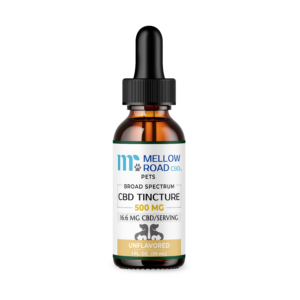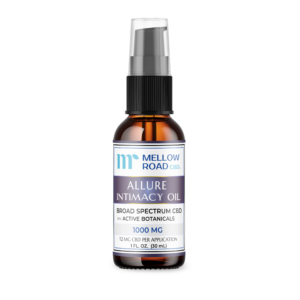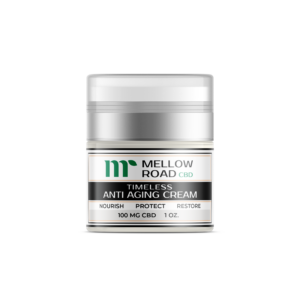A Certificate of Analysis (COA) is your best friend when shopping for CBD products. It’s like a backstage pass to all the details about what’s inside. So, always ask for one before making your purchase. Happy shopping!
How to read your lab results
Cannabinoid Profile: This is similar to the ingredient list for your CBD product. It shows all the different cannabinoids, including CBD and sometimes others like THC, CBG, or CBN.
Potency: This tells you how strong your CBD product is. It’s usually shown as a percentage or as milligrams per unit.
Batch Number: A batch number on a Certificate of Analysis (COA) is very important. It’s like a unique identity card for a set of CBD products. This number can contain letters, numbers, or symbols. Batch numbers are used to trace a set of identical products that share certain characteristics from production to distribution.
A Certificate of Analysis (COA) is your best friend when shopping for CBD products. It’s like a backstage pass to all the details about what’s inside. So, always ask for one before making your purchase. Happy shopping!
Our lab Results…
Common terms and abbreviations
CBD: This stands for cannabidiol, which is the main cannabinoid found in hemp extracts.
THC: Tetrahydrocannabinol. This is the psychoactive compound that gives marijuana its ‘high’. In CBD products, the THC concentration should be less than 0.3%.
CBN, CBG, CBC: These are other cannabinoids found in hemp. They’re usually in smaller quantities than CBD.
mg/g: Milligrams per gram. This is a measure of the concentration of a particular substance in the product.
ppm: Parts per million. This is another measure of concentration often used for trace amounts of a substance.
Terpenes: These are aromatic compounds found in many plants, including hemp. They give the plant its distinctive smell.
Heavy Metals: This refers to potentially harmful metals like lead, mercury, and arsenic. The COA should confirm that these are below safe limits.
Mycotoxins: Mycotoxins are toxic compounds that are produced by certain types of molds. They can be extremely harmful to humans, especially in cases of long-term exposure.
Foreign Matter: This typically refers to any material that is not supposed to be in the product. This can include things like dirt, hair, insects, mold, or other contaminants that could have been introduced during the cultivation, harvesting, storage, or processing stages.
Pesticides: Pesticides are substances used to kill pests or prevent their damage. However, when it comes to consumable products like CBD, you want to ensure that there are no pesticide residues, as they can be harmful for consumption. The pesticides section on a COA lists any pesticides, fungicides, or insecticides that were tested for in the product. Ideally, this section should show “ND” (Not Detected) next to each item, indicating that no harmful levels of these substances were found.
Residual Solvents: During the extraction process of CBD from cannabis plants, solvents (like ethanol, butane, or CO2) are often used. While these solvents are generally removed after extraction, traces can sometimes remain. Hence, they are called ‘residual’ solvents. These solvents, particularly at high levels, can be harmful if ingested. The residual solvents section of a COA shows whether any solvents were left behind in the final product. Like with pesticides, you want to see “ND” next to each solvent.
Water Activity: Often abbreviated as “Aw”, Water Activity refers to the amount of free water available in the product that can support the growth of bacteria, yeasts, and molds.
Water activity is not the same as moisture content. While moisture content measures the total amount of water in a product, water activity measures how much of that water could be available to support microbial growth.
Water activity values range from 0 (completely dry) to 1 (pure water). A product with high water activity has more free water molecules that can support microbial growth, potentially leading to spoilage or health risks.
Microbials: This refers to harmful bacteria or fungi that could be present in the product.
LOQ: Limit of Quantitation. This is the lowest amount of a substance that can be accurately measured.
ND: Not Detected
NT: Not Tested























